Vintage Bits: Black Isle Resurfaces
 Interplay, publisher of some of the most acclaimed fantasy role playing games of all time – such as the Bard’s Tale series, Wasteland, Dragon Wars, Baldur’s Gate, Fallout, and Icewind Dale — has announced that the legendary development studio behind many of its most popular titles, Black Isle Studios, has reformed.
Interplay, publisher of some of the most acclaimed fantasy role playing games of all time – such as the Bard’s Tale series, Wasteland, Dragon Wars, Baldur’s Gate, Fallout, and Icewind Dale — has announced that the legendary development studio behind many of its most popular titles, Black Isle Studios, has reformed.
Black Isle was owned by Interplay and created in 1996 by Feargus Urquhart. It was formed from the crack team of developers who had created Fallout. Over the next few years, they developed many hits, including Fallout 2, Planescape: Torment, and Icewind Dale. Working with a tiny outfit in Canada named BioWare, they also produced Baldur’s Gate and Baldur’s Gate II: Shadows of Amn.
Interplay began to experience serious financial difficulties in 2001-2002, after publishing a number of high-budget failures such as Messiah and Kingpin. Black Isle was dissolved as Interplay imploded, a move that shocked the industry. All the employees were laid off on December 8, 2003.
Their last titles were the poorly-received PC game, Lionheart, and Baldur’s Gate: Dark Alliance II for the Playstation 2. At the time they were dissolved, they were working on Baldur’s Gate III: The Black Hound, Baldur’s Gate: Dark Alliance III and Fallout 3, none of which ever saw the light of day. A nearly bankrupt Interplay eventually sold the rights to the Fallout series to Bethesda, who developed and released its own version of Fallout 3 in 2008.
The closing of Black Isle was a serious blow to RPG gamers, and it marked the end of Interplay as a force in the industry. As someone whose all-time favorite games include Dragon Wars and Icewind Dale, I saw it as the end of an era. Interplay survived for most of the next decade by re-packaging its classic games, especially Fallout, Baldur’s Gate, and Icewind Dale, as well as their sequels.
Most of the star developers associated with Black Isle, including Feargus Urquhart and Chris Avellone, are not on board for this new iteration. Urquhart and Avellone founded the successful Obsidian Entertainment (Star Wars: Knights of the Old Republic II, Neverwinter Nights 2). But Mark O’Green and Chris Taylor (designer of the original Fallout) have both reportedly returned.
No announcement yet on what titles the resurrected Black Isle is working on. But I’m certainly looking forward to finding out.
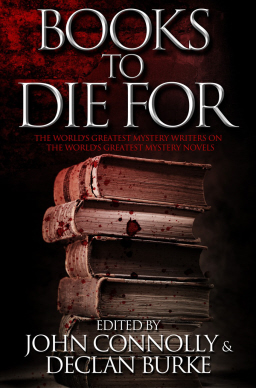

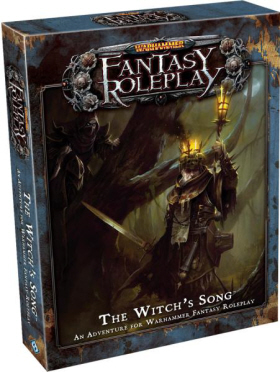
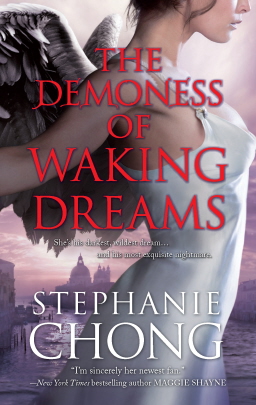
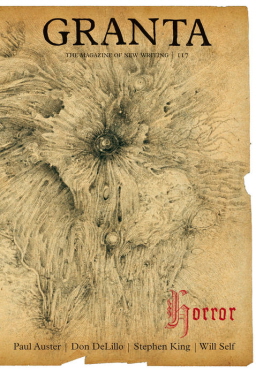
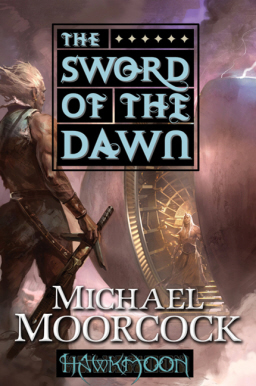

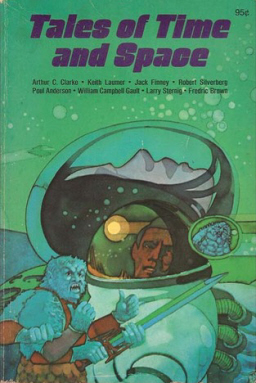
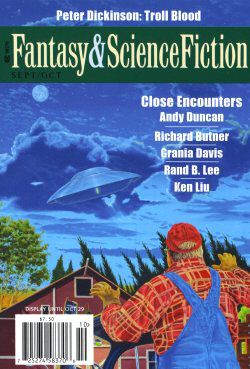 Andy Duncan gets the cover this issue for “Close Encounters,” a rural tale of alien abduction. Here’s what Lois Tilton says about it in her review at
Andy Duncan gets the cover this issue for “Close Encounters,” a rural tale of alien abduction. Here’s what Lois Tilton says about it in her review at